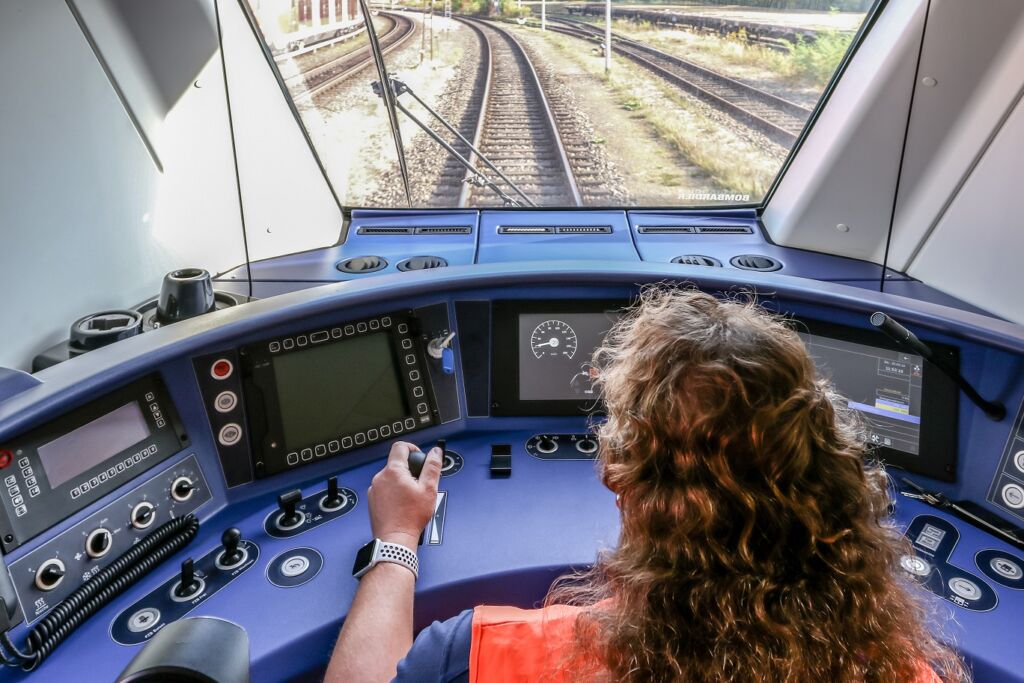Driver Fatigue
Background
Driver fatigue is one of the leading causes of rail accidents where this may lead to passing a signal at danger or responding too late to a braking event or not paying attention to a developing risk, leading to an accident or derailment. Fatigue can be described as mental and visual. Mental fatigue can be caused by prolonged working, heavy workload, insufficient rest and inadequate sleep. Continual mental effort and attention on a particular task can also contribute to fatigue. It is important that workers are not fatigued when their work is critical to safe operation, such as work done by drivers, signallers and maintenance staff. There are obvious safety risks for railway workers and others if this happens. It must be effectively managed.
Fatigue or poor performance may be caused because of tiredness, alcohol or drugs, poor health and other reasons. Unfortunately, most drivers when tired or disturbed may not know or accept that they are incapable of driving trains safely. Without an automated solution that can differentiate between a focussed and fatigued driver, there is very chance of managing this risk. From a fatigue avoidance perspective, train operators need to design appropriate policies and practices such that mental fatigue for train drivers is minimised. In parallel, AI based technologies need to be employed that can detect visual fatigue and alert the driver and operational command centre in real-time to minimise any risk of accident.
RV Diagnostics
RV generates custom solutions for monitoring driver behaviour. Automated colour image data analytics is combined with the use of sensors that track human body movements. Facial recognition followed by eye tracking is used to generate blinking pattern data which is then thresholded to determine if the driver is going into sleep mode. The data on the movement of hands and head is used to identify where their eyes are focussed and whether they are distracted and doing something else. An additional microphone may be embedded to record sound signals.

RV solutions combine driver behaviour with track data, alerting the driver with sound signal to forthcoming landmarks on the track in advance, or advising them on changing speed e.g. approaching signal in 500 meters, or approaching tunnel in 1000 meters, or speed limit is 50kmph and so on. A buzzer may be automatically sounded if the driver needs to be alerted urgently.



